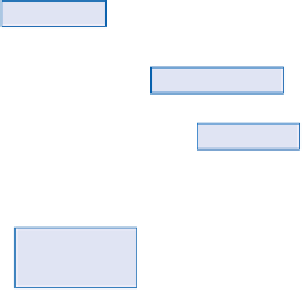Geoscience Reference
In-Depth Information
Slope failure
Aeolian and airfall
Bank
caving
Suspension
Suspended
load
Dissolved
load
SUSPENDED AND
DISSOLVED LOAD
Suspension
plume
Settling
Turbulent
entrainment
Deposition
Saltation
Ballistic
impact
Rolling
Sliding
BEDLOAD
Figure 14.23
Fluvial sediment entrainment and transport.
Figure 14.24
.
Since particles move by different styles
and in distinct parts of the channel and river flow, a con-
siderable amount of
particle sorting
occurs which persists
into the depositional environment. Channel and overbank
(flood) sediments form predominantly sand-gravel and
clay-silt
facies
respectively. Particle size, grading laterally
within the same bed and changing abruptly in a vertical
sequence, demonstrates rapid changes in flow conditions
(
Plate 14.13
).
The global extent of water and sediment
removal to the sea is shown in
Figures 13.2
and
14.25
.
Reference to landforms so far has been incidental and
related largely to small-scale channel morphology and
bed forms, responding to changes in the power threshold
and search for efficiency. Their geomorphic impact is
reviewed now at the catchment scale, where fluvial
landform assemblages and channel networks form a
recognizable
fluvial landsystem
. The transition from
erosion-dominated upland to deposition-dominated
RAINFALL
TRIBUTARIES
Evapotranspiration
SLOPES
Debris
transport
Erosion
Erosion
Deposition
Bank seepage
Deposition
STREAM
CHANNEL
BED
BANKS
Erosion
Seepage
Sediment transfers
Figure 14.24
Sediment routing
through catchment.
BEDROCK
SEA
Water flows


































































































































































































































































































































































































































































































